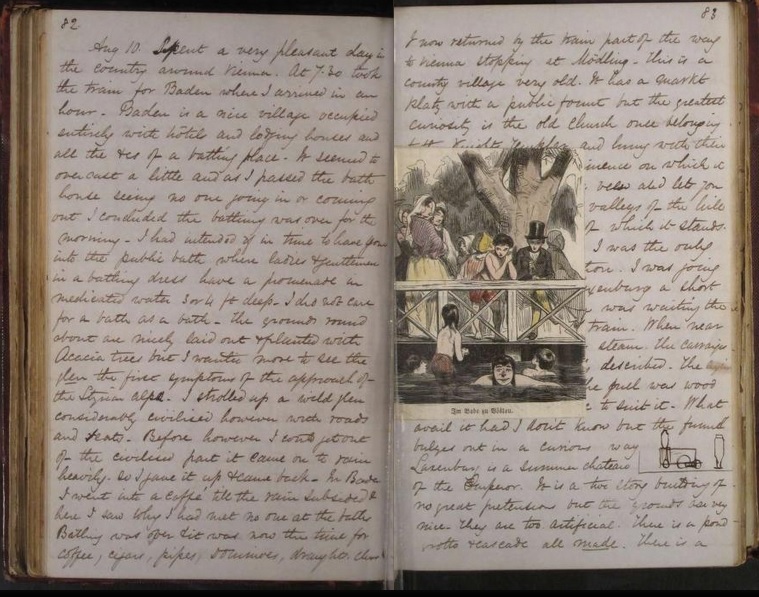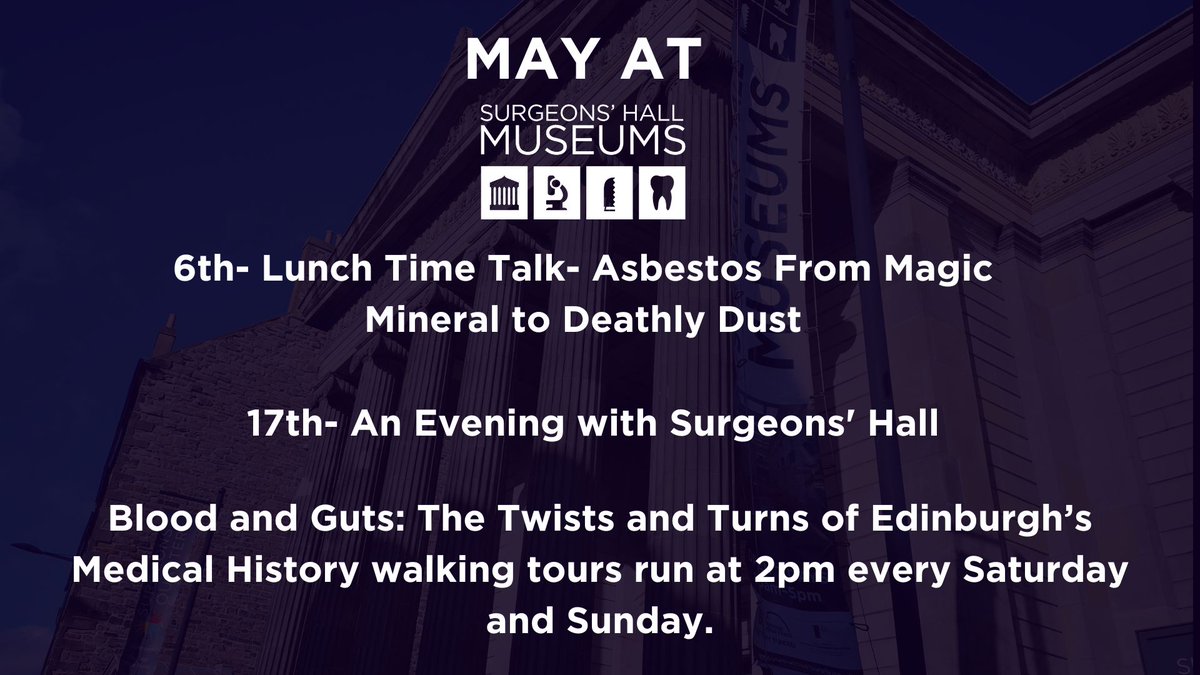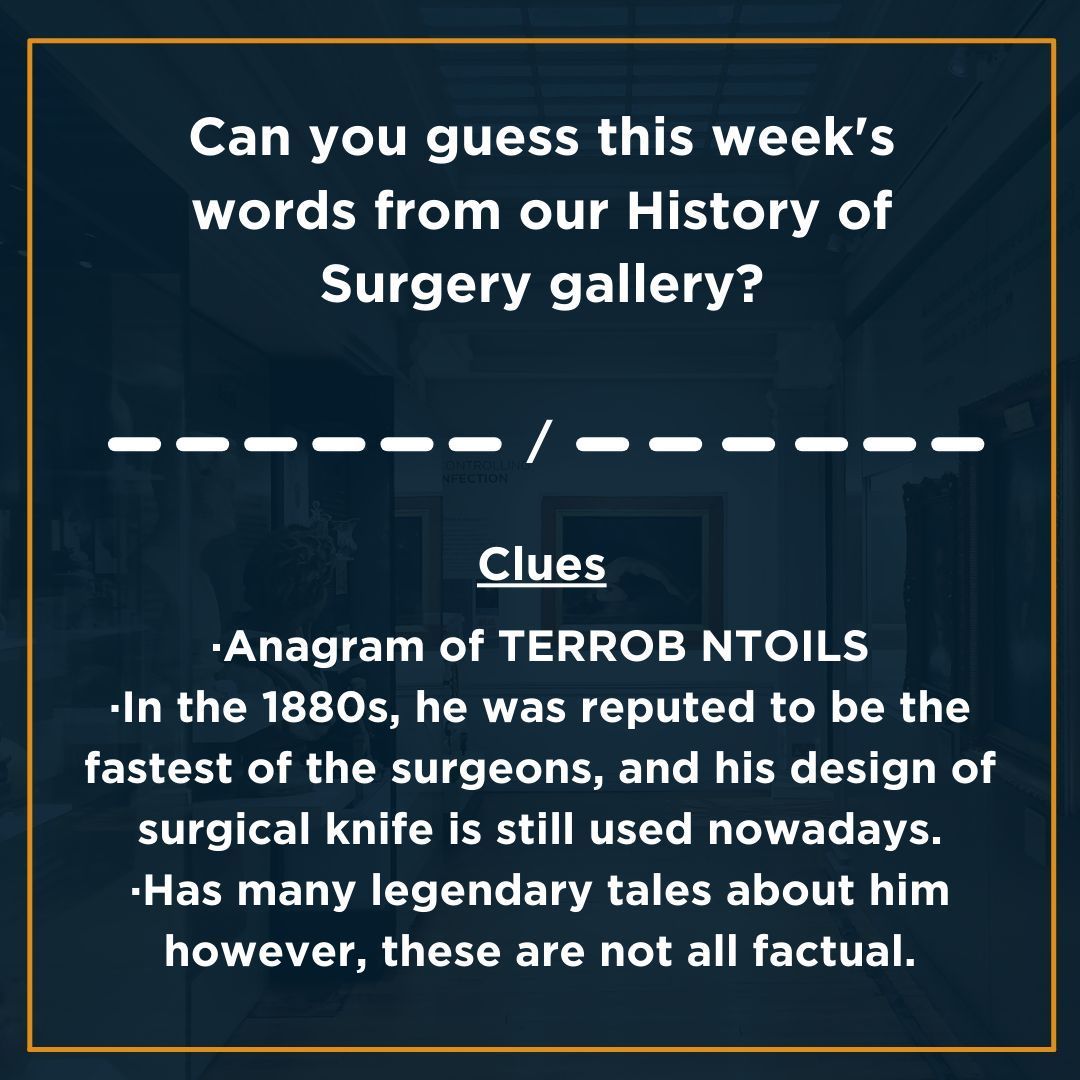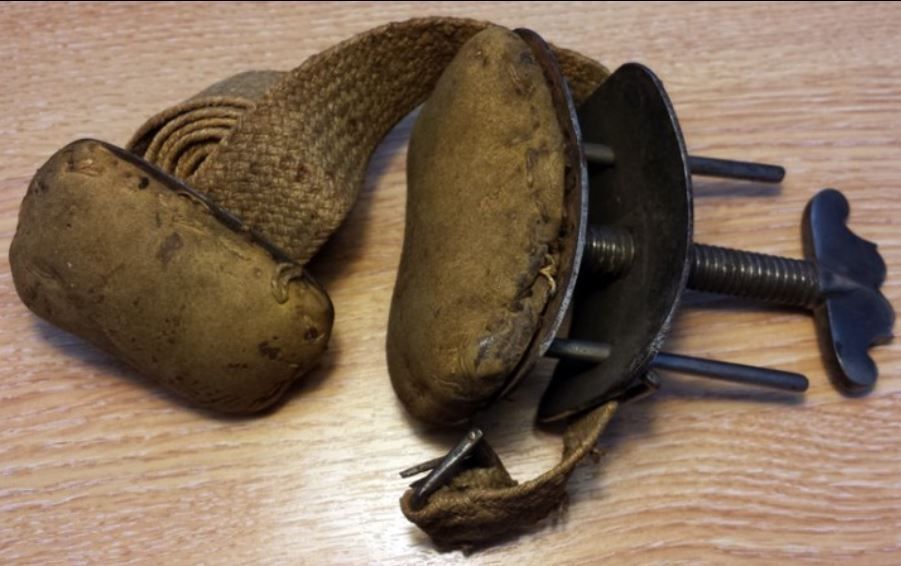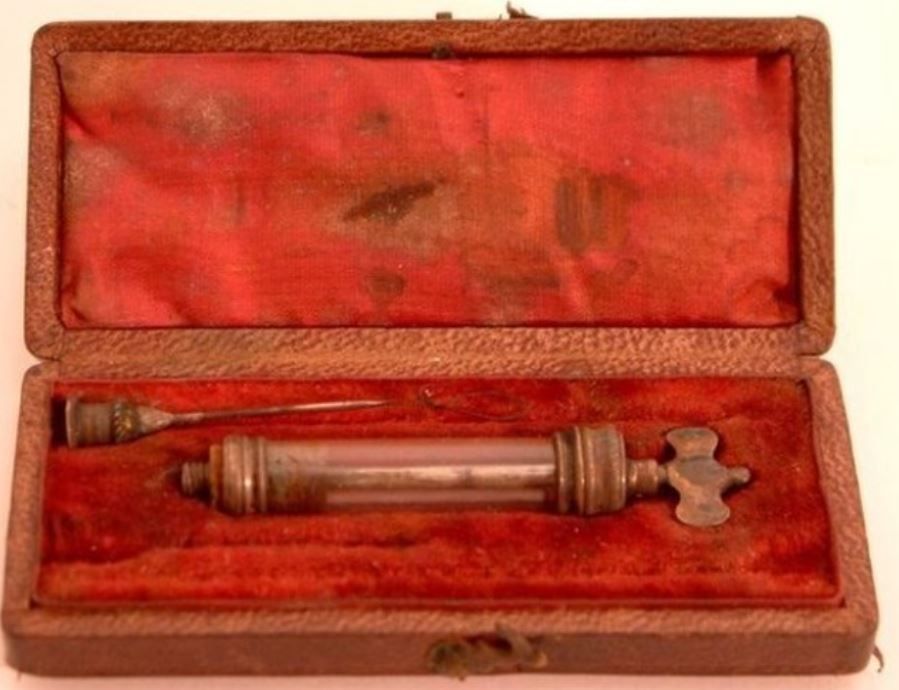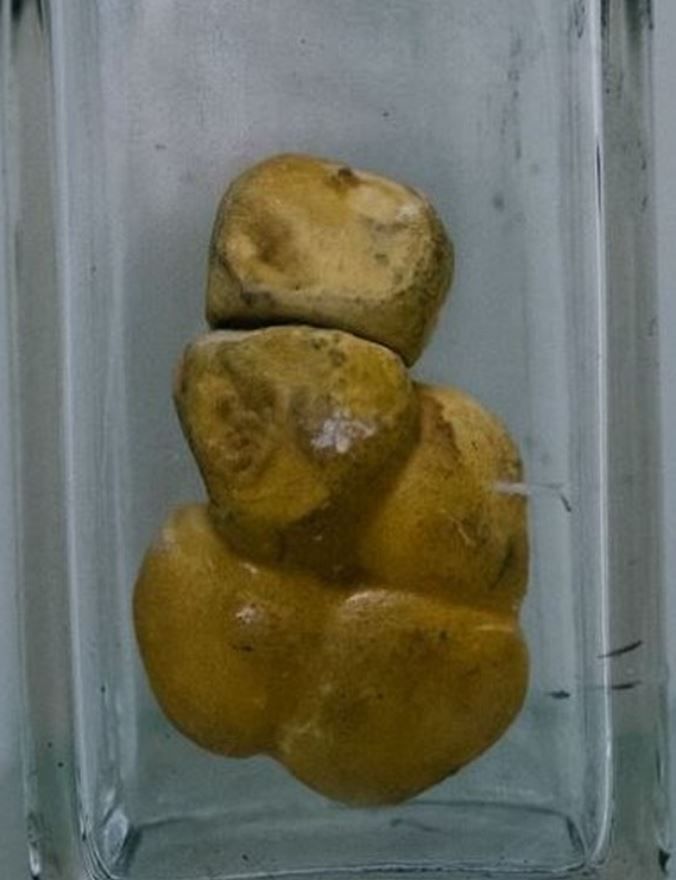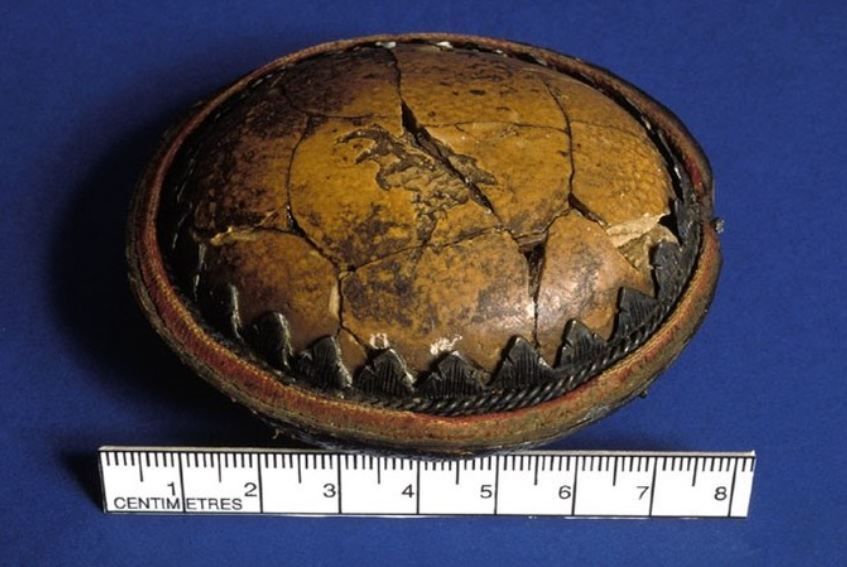
Surgeons' Hall Museums
@surgeonshall
Home to the largest & most historic collection of surgical pathology in the world.
Open 10am-5pm, 7 days a week.
For Library and Archive follow @RCSEDArchive
ID:138428447
http://museum.rcsed.ac.uk/ 29-04-2010 14:26:57
20,5K Tweets
28,1K Followers
1,9K Following





For the final #TriviaTuesday of the month we have this instrument from the early 19th century. It is made of silver and is 4.3 cm in length. Any guesses what it is?







Although the potential dangers of asbestos were confirmed by the 1960s, asbestos continued to be used and it was not banned until near the end of the 20th century.
Join Surgeons' Hall Museums & Professor Ken Donaldson for this lunch time talk on asbestos: tinyurl.com/3w2wtzhk


You'll find our #WordOnWednesday this week in the Wohl Pathology Museum. Hopefully working this one out won't give you too much of a headache 😉



For #TriviaTuesday this week we have this instrument from the 19th century. It is 15.8 cm in length and 1.5 cm in width. Do you know what it is used for?



Scotland, where have you been all my life?
History, castles, waterfalls, rainbows, hiking, scenery... and Surgeons' Hall Museums ! No photography allowed, sadly, but wow! Can't wait to tell my students about it!
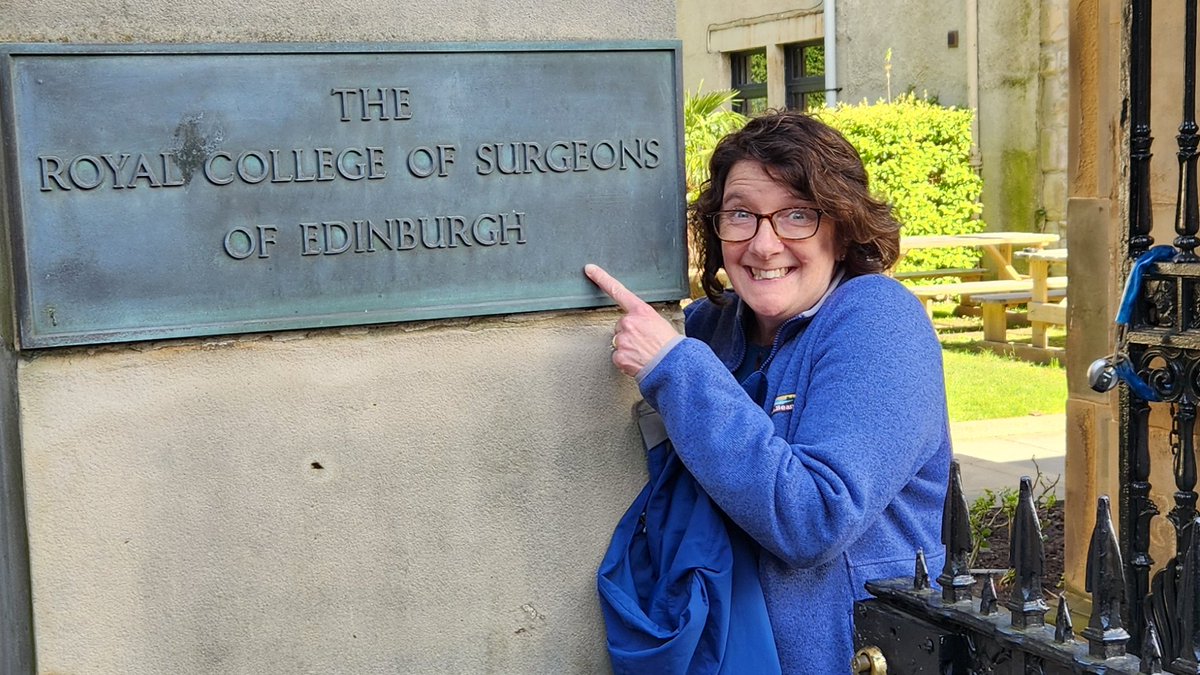
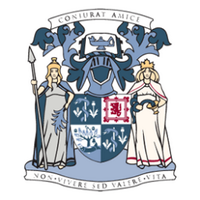
Today's #Archive30 is all about #ArchiveTravel .
This is Dr George Buchanan's diary of his tour of Europe in 1850. The diary contains sketches, maps, newspaper clippings & much more. You can read it online at heritage.rcpsg.ac.uk/items/show/193
